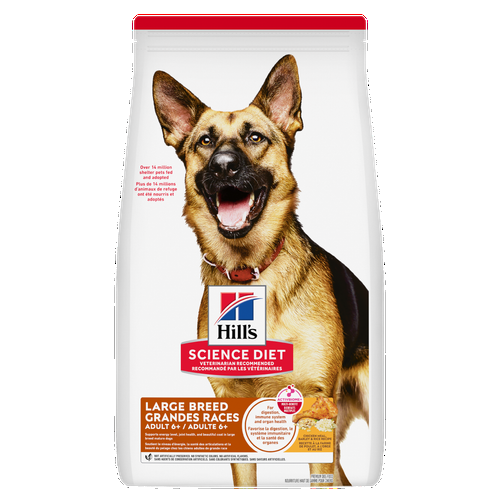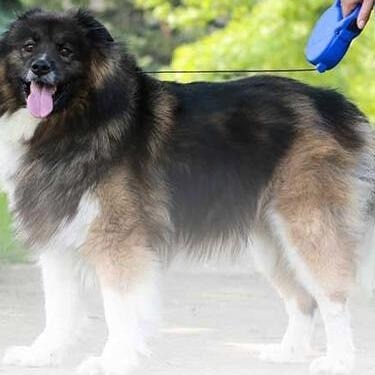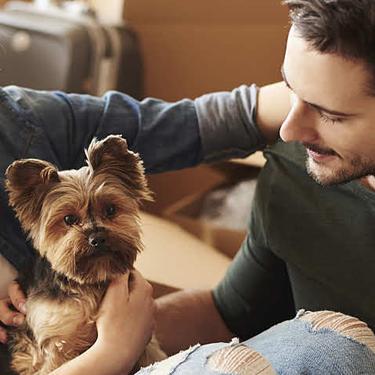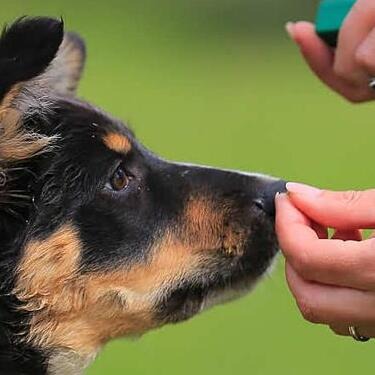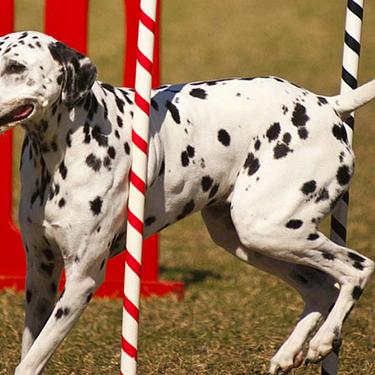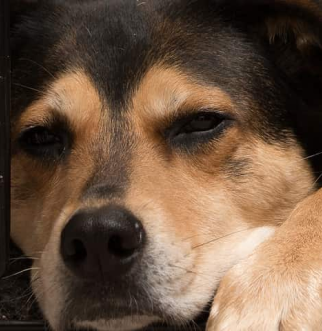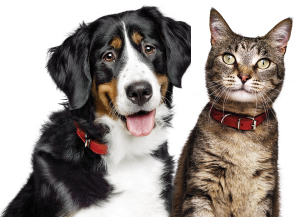These dogs are mostly white with perhaps a touch of "biscuit" color, especially on the head. Livestock guarding dogs have been chosen for their white color to match the flock so they are not mistaken by the shepherds for predators, most of which are dark.
Coats can be short or long, but are double coated and therefore heavy on the shedding side. The coat may have a wave to it and longer hair is on the backs of the legs and the tail. Natural ears hang down, though in some countries they are cropped. Despite being white, these dogs are not albinos, and they have dark pigment around the eyes, nose and mouth. Many of the Akbash dogs are born with double dewclaws on the rear legs, similar to Great Pyrenees and Briards. While these are big dogs, they are surprisingly agile and quick for their size. A slight arch in their back gives some indication of their running speed.
Remember at all times that these are dogs selected to be suspicious and protective. Akbash dogs would often have to function on their own without human guidance, making independent decisions while tending their flocks. This independence can make them more difficult to train and requires a steady but firm hand to make them acceptable family pets. Those same guarding tendencies can make these dogs prone to "alarm barking," sometimes to excess. Digging can be related to trying to keep themselves warm or cool while working. Akbash dogs may not always get along well with other dogs they have not been raised with, regarding them as "predators" approaching their flock (family). If raised with children or other pets, they will be very protective.
At least one assistance and service dog group chose Akbash dogs as their preferred breed, using their independent nature, protectiveness and strong bonding tendencies to serve disabled people.
Because of their working background, Akbash dogs are "easy keepers," as they stay fit on a minimum amount of food. With the thick coat they do require regular grooming at least once weekly and perhaps more when shedding. Some daily exercise is required, but these are not dogs bred to run all day; they would patiently sit on a hillside watching their flock. Young Akbash dogs need more exercise than mature ones.
Akbash dogs are fairly healthy but routine maintenance and preventive care is required. Remember the background of these dogs when selecting one as a family pet. Akbash dogs take their job of guarding very seriously and need to be well socialized and trained right from puppyhood.
The Akbash dog was developed in Turkey as a livestock-guarding dog. Reports of these large guardian dogs go back as far as 750 to 300 B.C. Many accounts described the dogs as sporting spiked collars to protect their necks in fights with predators. Having developed in a major crossroads area of early civilization, it's possible many types of dogs ranging from mastiffs to sighthounds contributed to their design.
Flock guardians are designed to bond with their home flocks (the flock can be anything from goats or sheep to children). They tend to be independent because they have to function without human assistance or guidance much of the time. They are very aware of their surroundings and have acute hearing and eyesight. Many of these dogs work both as livestock guardians in the United States and elsewhere, and also as assistance and service dogs.
Adopt a pet. Change a life.
Are you prepared to adopt a pet? Use these tools to make sure you are ready for the commitment.
Adopt a pet. Change a life.
Are you prepared to adopt a pet? Use these tools to make sure you are ready for the commitment.


